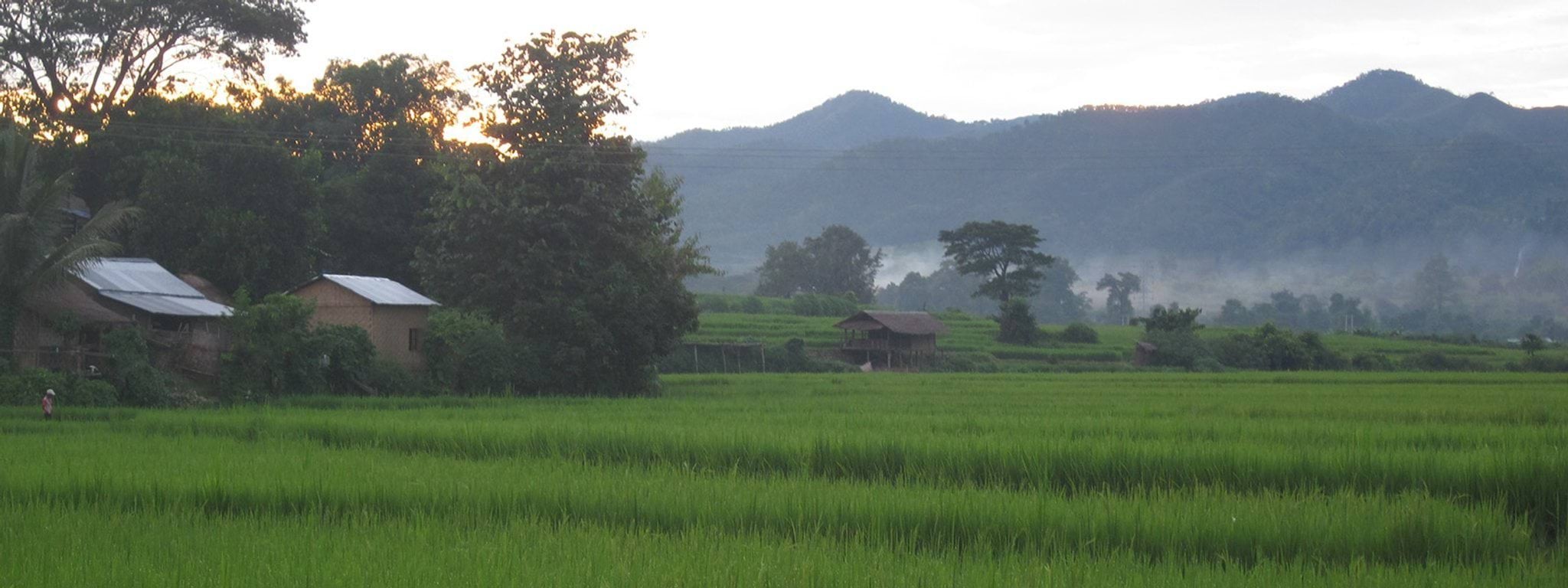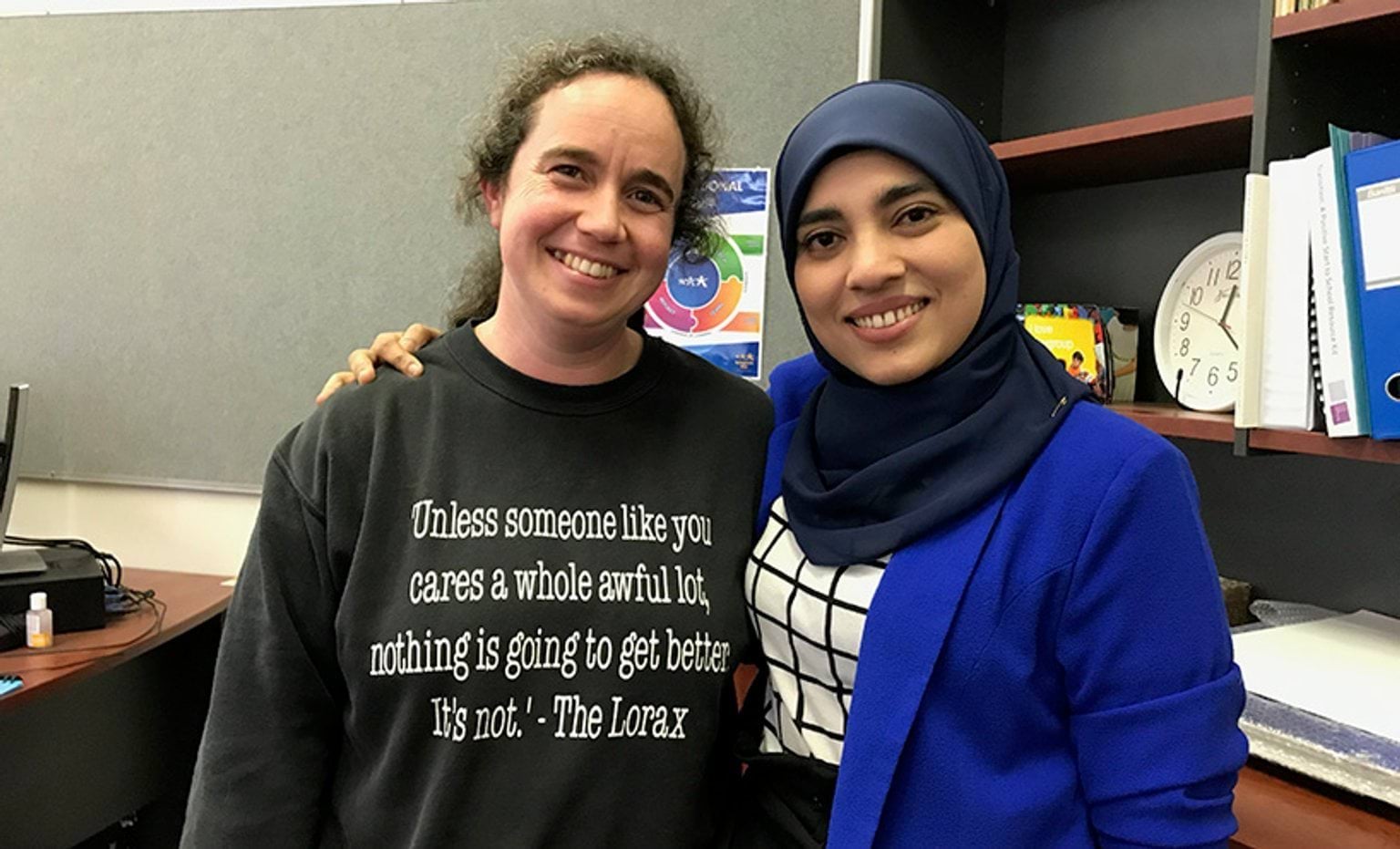Myanmar, formerly Burma, has existed in some form since the first century.
In 1948 Burma gained independence from Britain. Political in-fighting led to rumours of a military takeover. To avoid this, prime minister U Nu invited the military to impose military law until the 1960 elections. U Nu won the election, but in 1962 military head Ne Win staged a coup. He imposed a one-party socialist state controlled by the military. They were in power until 2011, even though they lost to the National League for Democracy (NDL) in 1990.
Many anti-government riots and armed factions opposed the regime. The partition of India inspired many different separatist movements among minorities living in Burma, including the Kokang, the Mon, the Karen, the Kachin and the Arakan Muslim (Rohingya) community, encouraging ongoing conflict in Myanmar.
In 2008 a new constitution was ratified, yet new laws meant that the NDL could not run. Former prime minister Thein Sein was elected president. He dissolved the government, and assumed constitutional executive authority of the country. In 2015 the NDL won the elections, and in 2016 the presidency. Aung San Suu Kyi was appointed foreign minister, minister in the president’s office and State Councillor, giving her control of the country.
Her primary focus was ending insurgency and quashing separatist groups throughout Myanmar. Criticised for her role in the Rohingya crisis, she has closed the country to the United Nations. Today an estimated 1.4million Rohingya have fled Myanmar due to violence and suspected ethnic cleansing.
In February 2021 the military staged a coup. Aung San Suu Kyi and other members of the NDL were detained. In response, protests erupted across the country and citizen militia units are emerging in opposition to the military junta. The country remains in turmoil.
Explore the stories
Updated

